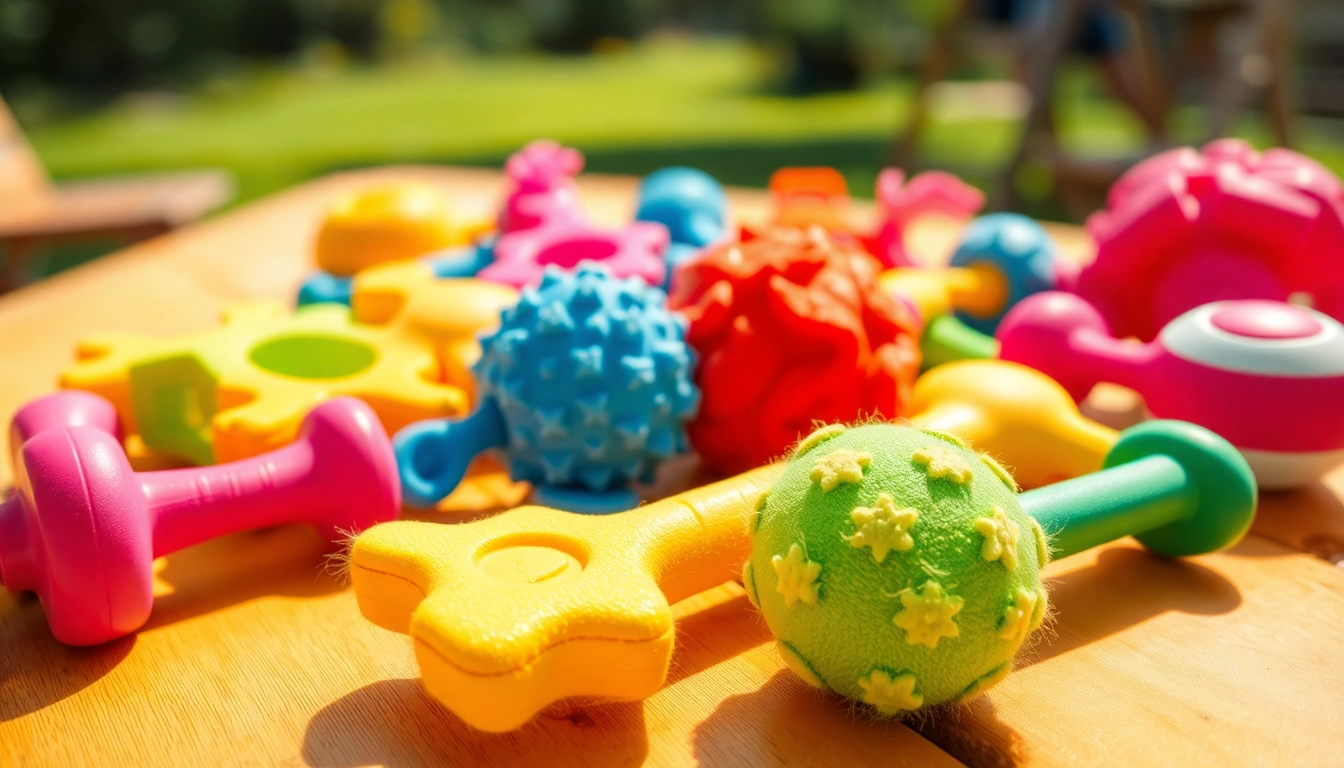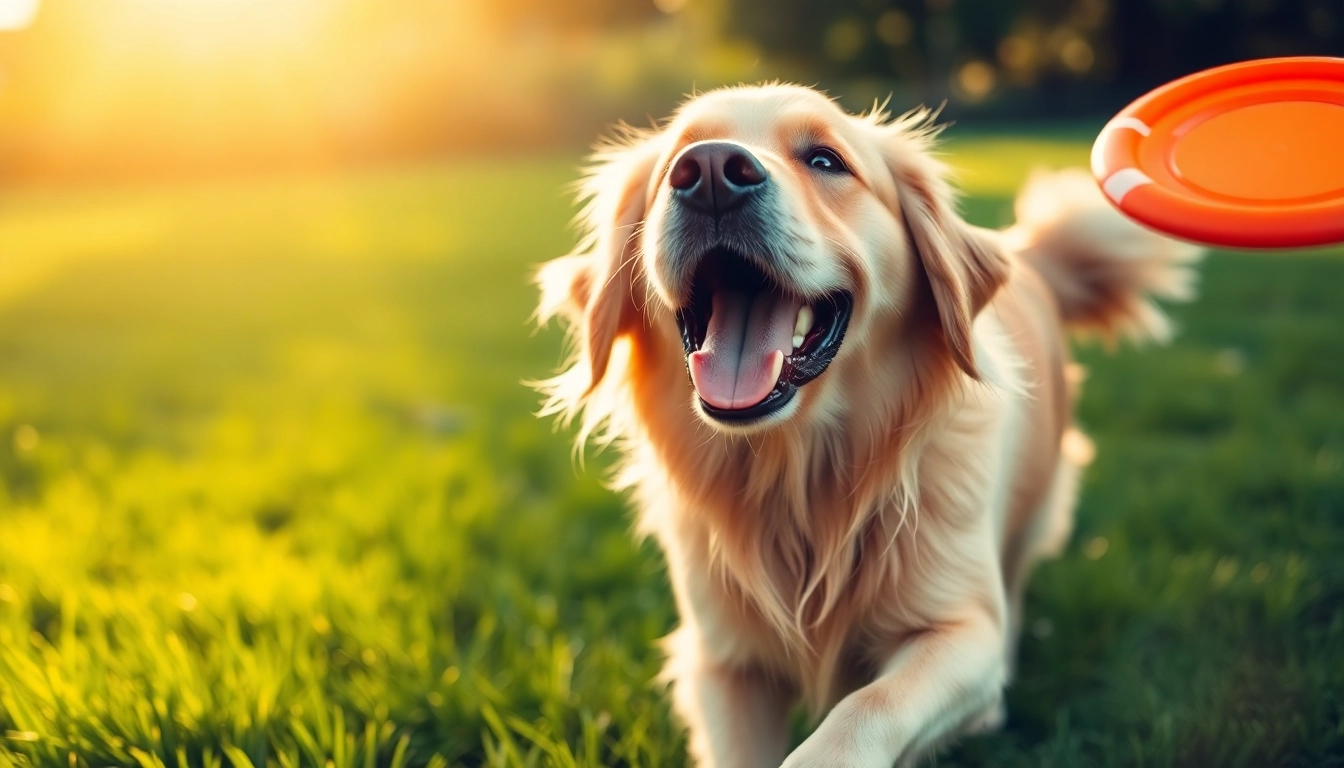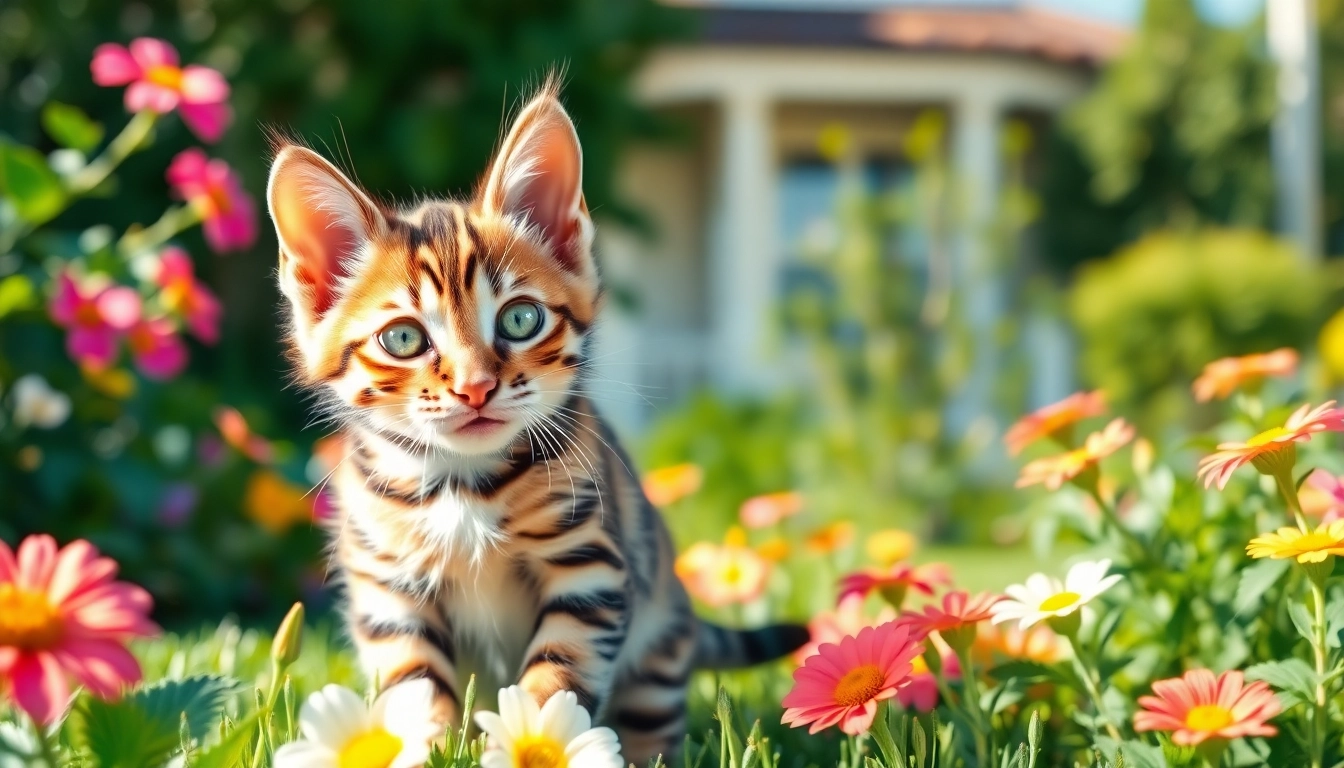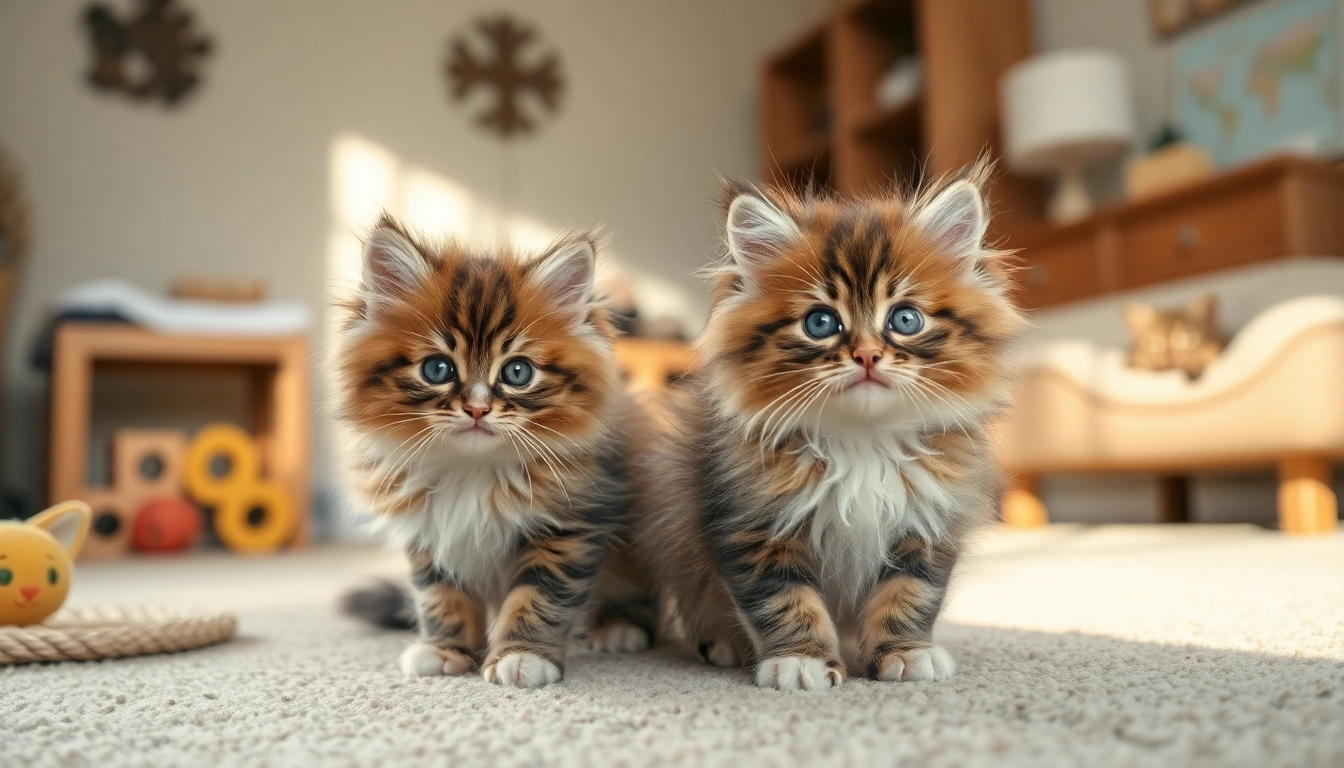Understanding Pet Toys: Importance for Your Pets
When it comes to ensuring the happiness and well-being of our furry friends, pet toys play an essential role. They are more than just items of entertainment; they serve as vital tools for mental stimulation, physical exercise, and bonding experiences between pets and their owners. A wide variety of pet toys can cater to the instincts and needs of different animals, making playtime a crucial part of daily care.
Why Pet Toys Matter for Mental and Physical Health
Pets, like humans, require regular mental and physical stimulation to maintain their overall health and happiness. Engaging with toys helps satisfy their natural instincts to chew, chase, and pounce. This engagement can significantly reduce stress and anxiety levels, leading to less destructive behavior in the home.
For dogs, interactive toys can help prevent behavioral problems often associated with boredom, such as excessive barking or chewing on furniture. Similarly, cats can benefit from toys that cater to their hunting instincts, keeping them active and engaged.
Common Features of Effective Pet Toys
Effective pet toys often share several characteristics that enhance their functionality and enjoyability:
- Durability: High-quality materials ensure that toys can withstand the enthusiasm of playful pets, especially those that have a tendency to chew vigorously.
- Safety: Pet toys should be made from non-toxic materials and free from small parts that could pose a choking hazard.
- Engagement: Interactive features or varying textures can keep pets interested and entertained for longer periods.
- Size Appropriateness: Toys should be suited for the size and breed of the pet to prevent any accidental swallowing or injury.
How to Choose the Right Pet Toys for Your Animals
Choosing the right toy for your pet requires understanding their unique personality and preferences:
- Assess your pet’s play style. Some dogs may prefer chew toys, while others might enjoy fetch toys or interactive puzzles.
- Consider your pet’s age and health. Puppies and older pets may benefit from softer toys, while younger, more robust pets might require tougher materials.
- Incorporate a variety of toys. Mixing different types can keep playtime fresh and exciting, preventing boredom.
Types of Pet Toys: A Breakdown
Pet toys can be categorized into several main types, each serving a unique purpose. Understanding these categories can help pet owners select toys that align with their pets’ needs.
Interactive Pet Toys: Boosting Engagement
Interactive toys engage pets both mentally and physically. These may include puzzle feeders, which require pets to solve a challenge to receive a treat, or toys that dispense treats as they are played with. Such toys are excellent for keeping pets mentally stimulated, reducing destructive behavior stemming from boredom.
Durable Chew Toys: Ideal for Aggressive Chewers
For pets that love to chew, it is vital to provide durable chew toys that can withstand their natural instinct. Look for products made from strong rubber or nylon, designed specifically for tough chewers. These toys not only satisfy the urge to chew but also support dental health by helping to clean teeth and gums as pets chew.
Plush Toys vs. Squeaky Toys: What Your Pet Prefers
Choosing between plush toys and squeaky toys often comes down to your pet’s preferences:
- Plush Toys: Soft and cuddly, ideal for pets that enjoy snuggling. However, they may not withstand heavy chewing.
- Squeaky Toys: These tend to entice pets with the sound they produce, making them engaging and exciting. However, super chewers may destroy them quickly.
Selecting Safe Pet Toys: What to Look For
Ensuring that pet toys are safe is paramount in providing a healthy play environment for your animals. Safety should always be a top priority for pet owners looking to purchase new toys.
Materials to Avoid in Pet Toys
When shopping for pet toys, it is essential to avoid materials known to be harmful. These can include:
- PVC: Often found in cheaper toys, PVC can lead to health issues if ingested.
- Toxic paints or dyes: Look for toys made with safe, non-toxic materials.
- Small parts: Toys with small removable parts can pose choking hazards, especially for energetic pets who like to chew and tear.
Signs of Wear and Tear: When to Replace Toys
Regular maintenance of your pet’s toys is essential to ensure their safety. Key signs of wear include:
- Fraying or tearing of fabric on plush toys.
- Visible damage, such as cracks or holes in rubber toys.
- Excessive dirt or smell that cannot be cleaned away.
If you notice these signs, it is best to replace the toy immediately to avoid potential ingestion of harmful materials.
Certification Standards for Pet Safety
Look for toys that meet industry safety standards. Certifications can assure that a toy has been tested for safety under specific guidelines. Some notable organizations that provide certification include:
- The American Society for Testing and Materials (ASTM): Ensures that products meet stringent safety guidelines.
- Pet Industry Joint Advisory Council (PIJAC): Provides resources for pet owners and assurance for products that adhere to local and federal safety regulations.
DIY Pet Toys: Creative Solutions
Homemade pet toys can be a fun and personalized way to engage with your pet while also being cost-effective. Creating your own toys allows you to customize them to fit your pet’s preferences and safety requirements.
Reusing Household Items for Playtime
Many common household items can be transformed into entertaining toys for pets. Consider the following examples:
- Old t-shirts can be braided into tug ropes.
- A cardboard box can become a maze or fort.
- Pantyhose can be stuffed with crinkly paper or other safe materials to create a soft toy.
Simple Tutorials for Homemade Pet Toys
Here are some easy-to-follow DIY toy ideas:
- Homemade Tug Toy: Cut strips from an old t-shirt and braid them together. This creates a durable tug toy for dogs.
- Cardboard Puzzle: Use cardboard boxes, cut holes in them, and hide treats inside. Your pet will enjoy figuring out how to retrieve the treats.
- Stuffed Sock Toy: Fill an old sock with crinkly paper or another soft material, tie it off, and you have a safe toy for your pet.
Safety Considerations for DIY Toys
While DIY pet toys can be fun, safety should still be a priority:
- Ensure no small or choking hazards are present.
- Use only safe, non-toxic materials.
- Regularly inspect handmade toys for signs of wear and tear, replacing them as necessary.
Shopping for Pet Toys: Where to Buy and What to Expect
Whether shopping online or in-store, understanding where to look for quality pet toys can make all the difference in the play experience for your pet.
Top Online Retailers for Pet Toys
Many reputable online retailers provide a vast array of pet toys. Popular options include:
- Chewy: An extensive selection of toys with the benefit of quick shipping.
- PetSmart: Known for both its online and brick-and-mortar stores that offer a wide variety of pet toys.
- Amazon: Offers a range of options, including reviews from other pet owners.
Maximizing Value: What to Look for in Pet Toy Deals
When shopping, consider the following to maximize your value:
- Keep an eye out for sales and discounts on bulk purchases.
- Read product reviews to understand the durability and safety of toys before buying.
- Choose brands with an established reputation for quality and safety in pet products.
Reading Reviews: Making Informed Decisions
Customer reviews can serve as a valuable resource when selecting pet toys. Reviews often reveal the practical benefits and possible drawbacks of a toy, helping buyers make informed decisions. Take some time to evaluate how other consumers’ pets reacted to a toy before finalizing a purchase.



